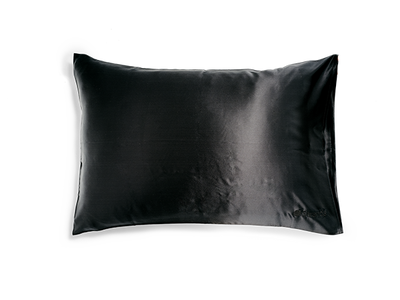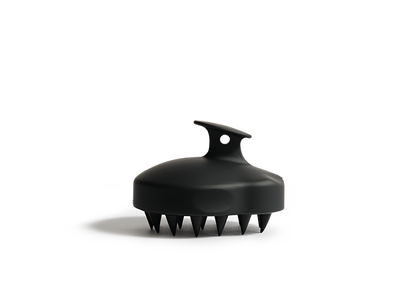We spend countless hours doing our hair each day - from the washing, conditioning, blow-drying, and styling. We want to have healthy and beautiful hair so why not spend more time caring for our hair the right way? But do we really know our hair and understand what its needs? Most of us actually don’t!
Understanding our hair type is essential to choosing the right shampoos and establishing a proper hair care routine. Here are some of the hair characteristics you should know about.
Hair Texture
Hair texture describes the thickness of each individual strand of hair. Everyone has a different hair type. This is why there’s no shampoo and conditioner that fits all.
- Fine hair is the most delicate. It is susceptible to dryness and breakage, especially from over-manipulation and direct heat. On top of that, it is often difficult for fine hair to achieve volume and maintain structured styles. However, choosing a regimen that consists of gentle, lightweight ingredients that will not weigh down the strands can enhance the possibility of greater volume. For example, volumizing shampoos that contain structure-enhancing additives, such as proteins and polymers are typically suitable for fine hair.
- Coarse hair is the strongest and least flexible. Though coarse strands are the most resistant to damage, they are also the most prone to dryness, frizz, and stubbornness. If you have coarse hair and think that it is impossible to manage, then we have good news for you. Proper care and a good moisturizing routine, with products that include shea butter, mango, cocoa, and kokum butter will help you soften the strands, making them less wiry and reducing the potential for breakage and dryness.
Porosity
Porosity is the hair’s ability to absorb and retain moisture.
- Low porosity means that your hair has difficulty in getting moisture inside the shaft, but not in retaining the moisture. Low Porous hair is difficult to manage and is prone to product buildup. If this sounds like your hair, then you should stick to lighter or liquid-based products that contain humectant and avoid protein-rich products to prevent buildup.
- High porosity means that your hair easily absorbs moisture, but doesn’t retain it. Highly porous hair tends to look frazzled and can easily get tangled, especially in humid weather. If your hair has high porosity, then you should use leave-in conditioners, moisturizers, and sealers. Also, use anti-humectants to help seal damaged cuticles and prevent them from absorbing excess moisture in the air.
Elasticity
Elasticity refers to the hair’s ability to stretch and return to its original form.
- High elasticity means your hair returns to its original form after being stretched. A high level of elasticity gives your hair body, bounce, and curl formation, and is a primary indicator of healthy hair. People with highly elastic hair typically do not have trouble styling using hair curlers or straighteners.
- Low elasticity hair breaks or does not return to its original form after pulled. If your hair doesn’t style well, is brittle, or breaks easily, then your hair probably has low elasticity. If you want to improve your hair’s elasticity and health, then avoid direct heat, moisturize with products containing natural oils, maintain a healthy diet, and exercise regularly.
Everyone’s hair profile is unique and often changes with weather or as one age. To pursue your hair goals and maintain healthy hair, you must follow a regime with products that are right for you. To do that, you must first know your hair! If you're having trouble determining what type of ingredients your hair needs in a shampoo and conditioner, try out our custom-formulated hair care products!

 The Starter Set
The Starter Set
 Reorder
Reorder
 Silk Pillowcase
Silk Pillowcase
 Scalp Massager
Scalp Massager


